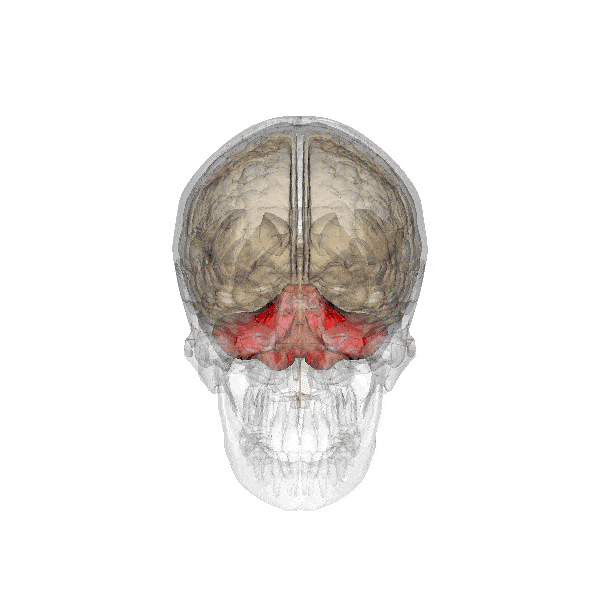
For over a century, the scientific community thought that the cerebellum (Latin for ‘little brain’) was only responsible for motor functions. Now, a new study published by researchers at Washington University in St. Louis adds to a growing body of evidence that suggests the cerebellum is also involved in cognition — where it plays a very important role.
It wasn’t until the late 1990s that scientists started to understand the more subtle functions of the cerebellum. Thanks to the work of Jeremy Schmahmann, a professor of neurology at Harvard University and director of the ataxia unit at Massachusetts General Hospital, it was shown that the cerebellum did more than just coordinate muscle movements — it also seems to have cognitive, emotional, social, and linguistic nonmotor functions. What’s more, if it malfunctions, it not only leads to poor muscle and limb coordination but can also be responsible for mental disorders such as schizophrenia.
Scott Marek, a postdoc at Washington University, along with colleagues, performed a new study in which they confirm Schmahmann’s previous work. The team studied the brains of 10 people with a special type of MRI machine that can image fine connections between the cerebellum and other areas of the brain.
The findings suggest that just 20% of the cerebellum was dedicated to physical motion, while the rest of 80% was associated with areas of the brain involved in abstract thinking, memory, emotion, or language. The findings appeared in the journal Neuron.
“We already thought that the cerebellum was cooler than most people thought,” Dr. Nico Dosenbach, a professor of neurology at Washington University told NPR. “But these results were way more exciting and clear than I could have ever dreamt.”
However, according to the researchers, the cerebellum isn’t involved directly in cognitive tasks. Rather, it acts as an arbiter, monitoring different brain areas and making sure the best decision is reached.
The cerebellum is found in all sorts of animals, from birds to lizards. Over hundreds of millions of years, however, it has dramatically grown in size and this extra capacity allowed the cerebellum to take on other roles. However, its main function has largely remained the same — coordination of motor, cognitive, and emotional functions.
Earlier this month, another landmark paper explored the multiple roles of the cerebellum. An international team of researchers led by senior author Nuo Li from Baylor College of Medicine in Houston, Texas studied the cerebellum activity of mice. The brains of the rodents were studied when they were motionless, but deeply entrenched in thought, planning their next move.
The team found that some specific regions of the cerebellum are active during short-term memory, even when the body is motionless.
“We knew that the frontal cortex and the cerebellum are anatomically connected with each other,” Li said in a statement. “We also knew that in humans, cerebellar damage has been known to cause memory or planning problems, so the two might be connected. We found that the output of the cerebellum targets the frontal cortex and vice versa. When we disrupt the communication between the two areas of the brain, memory activity is disrupted. Our results show that activity orchestrating a single behavior is coordinated by multiple regions of the brain.”
Today, it’s becoming clearer that the cerebellum isn’t just an ancient leftover from our reptilian past, but rather it’s an integral part of higher-order cognition. A
s we come to better grips of its many functions, scientists will be better equipped to fight a range of psychiatric diseases linked to cerebellum deficiencies, such as autism spectrum, schizophrenia, depression, or obsessive-compulsive disorder.


